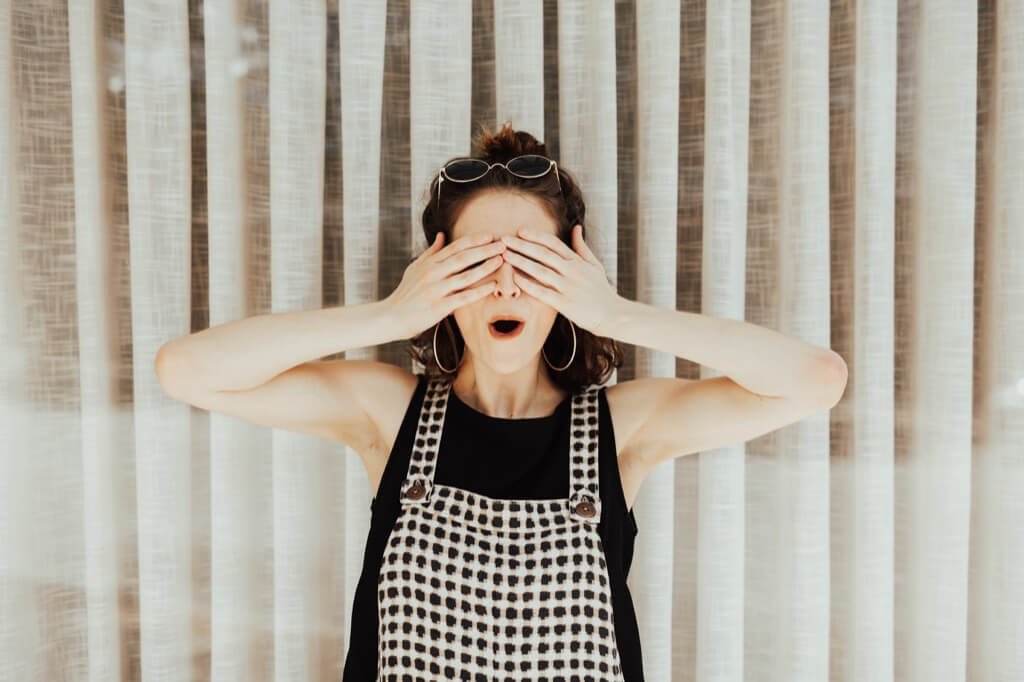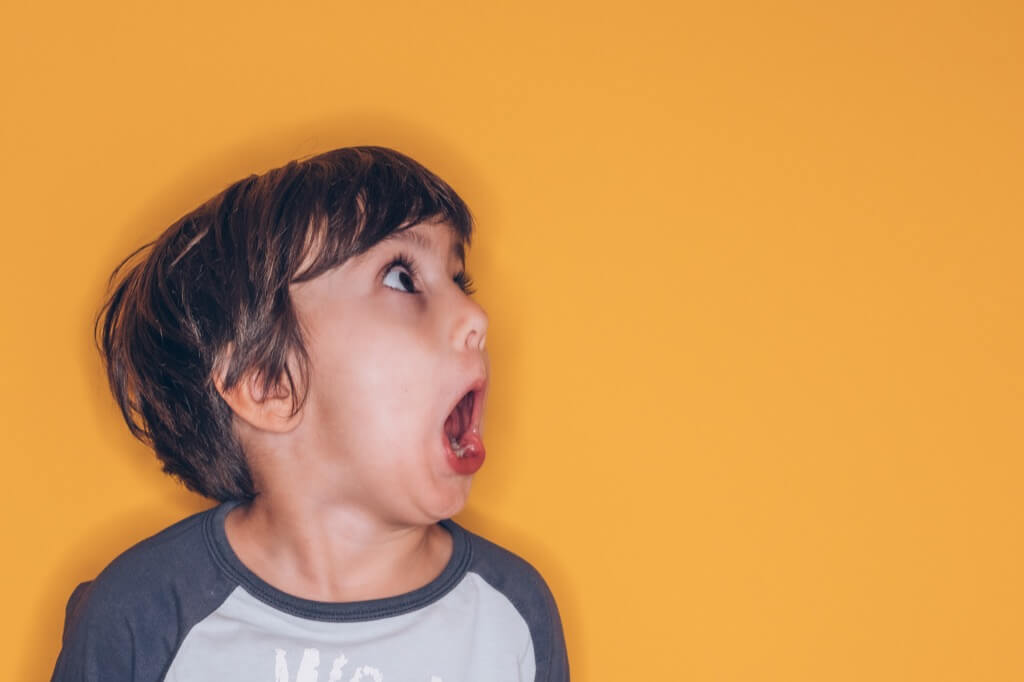The process of ensuring cleanliness after using the restroom is a fundamental concern for the visually impaired. While many use water for cleaning, tactile feedback plays a crucial role for those without access to bidets. Sensitivity allows individuals to assess cleanliness by feeling the texture of the toilet paper. Understanding this process is important for facilitating independence and hygiene.
Director Terry Gilliam’s revelation regarding funding for “Monty Python and the Holy Grail” sheds light on an unconventional financing method. Rock stars, facing high taxes, contributed significantly to the film’s budget. This financial approach birthed creative solutions like using coconut sounds for horse hooves, highlighting the movie’s iconic humor while maximizing limited resources.
The peculiar positioning of the Haskell Free Library and Opera House on the US-Canada border offers an intriguing experience. The structure embodies dual citizenship, hosting separate entrances and phone area codes. This peculiar layout sparks interest, allowing visitors to traverse the border within the building, needing only to notify Customs upon exiting.
The evolution of toilet paper and hygiene practices reveals a varied history. From unconventional materials like hemp, lace, and wool used by the wealthy to rather crude methods adopted by the less affluent, the history of wiping materials is as diverse as it is intriguing. Innovations in toilet paper production, including splinter-free versions, have transformed bathroom hygiene over time.
The simultaneous births of Abraham Lincoln and Charles Darwin, separated by the Atlantic, mark a curious historical synchronicity. Despite their geographic and cultural differences, both men shared views on issues like slavery, reflecting a commonality in their beliefs. This convergence of influential figures’ lives offers insight into their shared ideals and the context of their times.
The staggering environmental impact of global toilet paper production raises concerns about sustainability. Approximately 10 million trees are felled annually to meet toilet paper demand, prompting considerations about eco-friendly alternatives. A switch to water-based cleaning methods could significantly reduce environmental strain, highlighting the need for more sustainable practices.
Relying on Sensory Perception
The visually impaired often rely on their heightened sense of touch to assess cleanliness after using the restroom. While bidets offer an effective cleaning method, those without access or prefer not to use them navigate cleanliness through tactile feedback. Sensitivity enables individuals to gauge the texture of toilet paper, determining cleanliness based on the feel.
Utilizing Tactile Feedback
The absence of vision prompts the visually impaired to employ tactile sensations, particularly through the texture of toilet paper, to determine hygiene levels. By feeling the surface and consistency, individuals ascertain whether further cleaning is necessary. This reliance on touch highlights the adaptability and resourcefulness of individuals in managing personal hygiene.
Developing Sensory Awareness
Individuals without vision hone their sensory awareness, particularly in sensitive areas, to accurately perceive cleanliness. The heightened sensitivity of the skin around the perianal area aids in detecting residual matter on toilet paper. Through practice and enhanced tactile perception, the visually impaired effectively gauge and ensure cleanliness post-bathroom use.
Encouraging Independence and Confidence
Mastering the art of determining cleanliness without visual aids fosters independence and confidence among the visually impaired. By relying on tactile feedback alone, individuals affirm their ability to manage personal hygiene effectively, promoting self-reliance and a sense of empowerment in daily activities.
Bridging the Hygiene Gap
Understanding how the visually impaired determine cleanliness fosters inclusivity and awareness. Acknowledging the reliance on tactile perception offers insights into the diverse strategies people employ to manage personal hygiene. Bridging this hygiene gap through innovative solutions and accessibility options promotes equality and dignity for all individuals, irrespective of vision status.
Bonus Facts
- Visually impaired individuals often possess heightened sensory perception, particularly in touch and auditory senses. Their ability to gauge cleanliness after using the restroom primarily relies on these heightened senses, allowing them to discern subtle tactile differences in toilet paper textures.
- Each visually impaired individual develops a personalized technique to determine cleanliness based on their sensory acuity. Some may rely on specific hand movements to feel for residual matter on toilet paper, while others may gauge cleanliness through sound patterns generated while using toilet paper.
- Many visually impaired individuals employ assistive devices tailored for personal hygiene. These devices range from tactile magnifiers for detailed assessments to talking toilet paper dispensers that audibly guide them during the cleaning process, aiding in their determination of cleanliness.
- Blind individuals adapt to various restroom environments using strategies like consistent positioning and organizational habits. Familiarity with the restroom layout and the arrangement of hygiene products enables them to navigate and assess cleanliness more efficiently.
- Rehabilitation programs often incorporate sensory awareness exercises for the visually impaired. These exercises include tactile perception training, auditory hygiene cues, and hands-on practice sessions specifically designed to enhance their ability to determine cleanliness.
- Cultural influences play a significant role in shaping how visually impaired individuals approach hygiene practices. For instance, in some cultures, there are specific etiquettes and practices related to using water or different cleansing materials beyond toilet paper.
- Personal preferences greatly impact the method used by visually impaired individuals to ascertain cleanliness. Factors like preferred toilet paper texture, folding techniques, or the duration of wiping significantly contribute to their personalized approach.
- While not commonly discussed, some visually impaired individuals rely on subtle scent cues to complement their tactile assessment of cleanliness. Mild fragrances from scented toilet paper or personal hygiene products aid in their determination process.
- Navigating public restrooms poses unique challenges for visually impaired individuals. Lack of accessibility features or unfamiliar layouts can hinder their ability to effectively determine cleanliness, necessitating additional reliance on assistive devices or improvised techniques.
- Advancements in technology continue to impact the methods used by visually impaired individuals to determine cleanliness. Innovations such as smart toilets equipped with tactile interfaces or voice-assisted hygiene aids are continually improving accessibility and independence in restroom hygiene practices.




